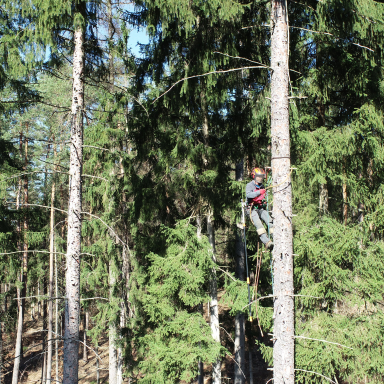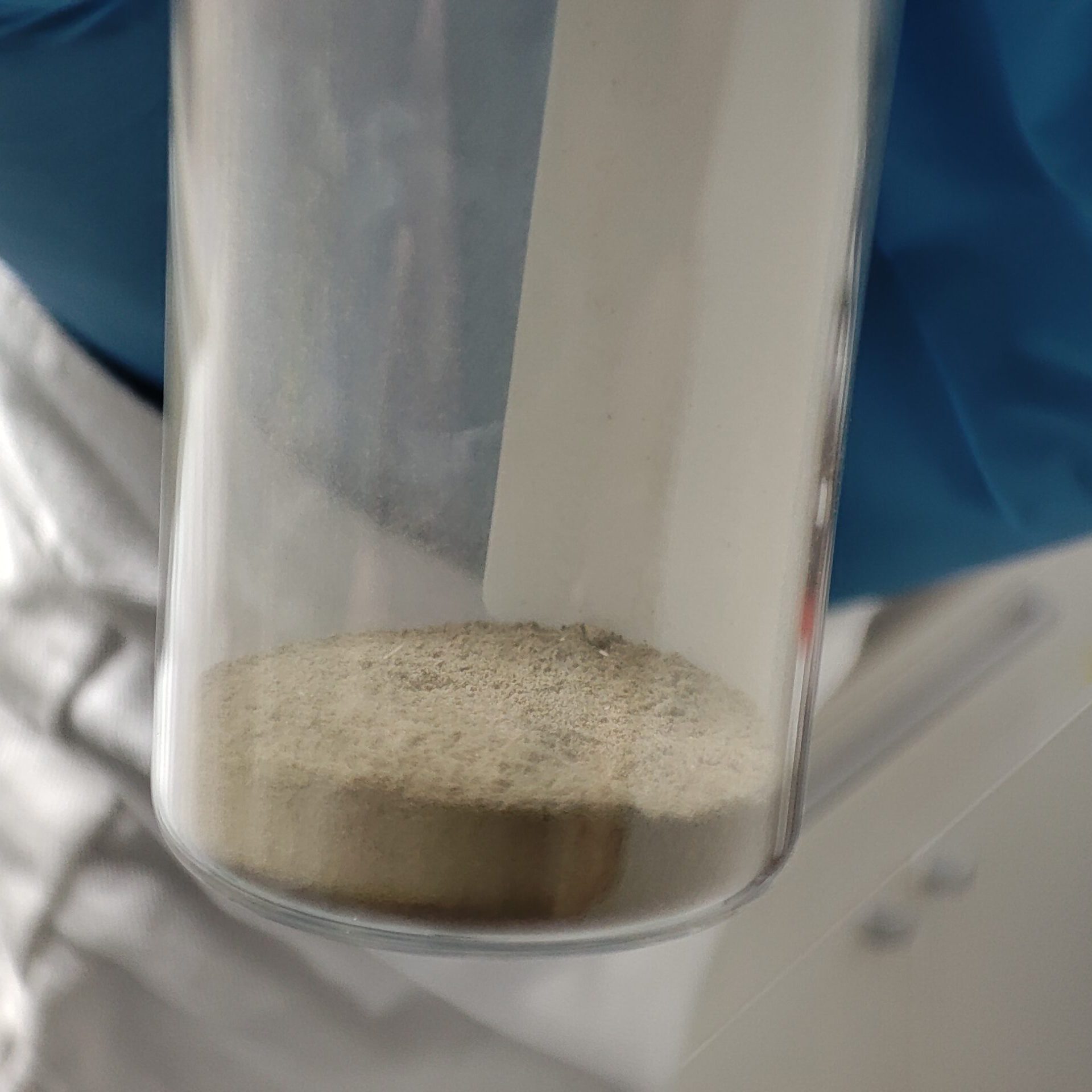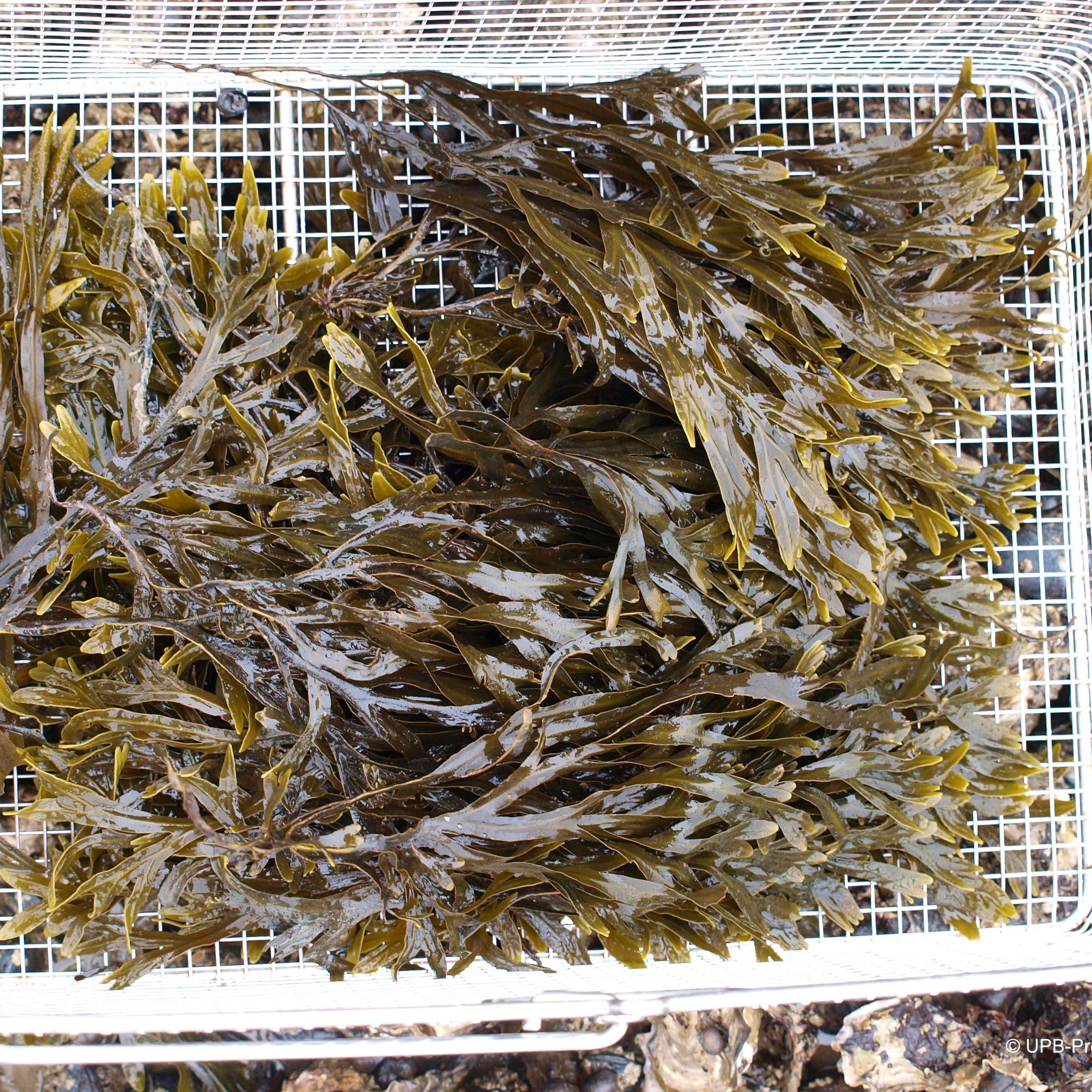Subprojects within the TrendDNA consortium
The preserved samples in the Environmental Specimen Bank can be used to reconstruct biodiversity changes in Germany over the last few decades. To this end, terrestrial, limnic and marine samples are genetically analyzed, revealing trends over time.

Terrestrial Habitats
Sample Types:
- Leaf homogenates (beech, spruce, pine, poplar)
- Earthworms and earthworm droppings
- Soil samples
Analyses:
- Study of leaf-associated arthropod communities
- Genomic and microbiome analysis of earthworms
- Analysis of macroorganisms and microorganisms in soil samples
Methods:
- DNA metabarcoding
- Shotgun sequencing
Team Members:
- Trier University
- Senckenberg Gesellschaft

Limnic Habitats
Sample Types:
- Sediment samples from the rivers Rhine, Elbe and Danube
- Zebra mussels
Analyses:
- Examination of environmental DNA of vertebrates and invertebrates in Suspended Particulate Matter (SPM) samples
- Examination of commensals and parasites of zebra mussels, as well as their diet (ingested planktonic particles)
Methods:
- DNA metabarcoding
Team Members:
- University of Duisburg-Essen
- Trier University
- Fraunhofer Institute

Marine Habitats
Sample Types:
- Mussels
- Bladderwrack
Analyses:
- Investigation of commensals and parasites of mussels, as well as their diet (ingested planktonic particles)
- Study of bladderwrack bacterial communities and associated metazoan communities
Methods:
- DNA metabarcoding
Team Members:
- Trier University

